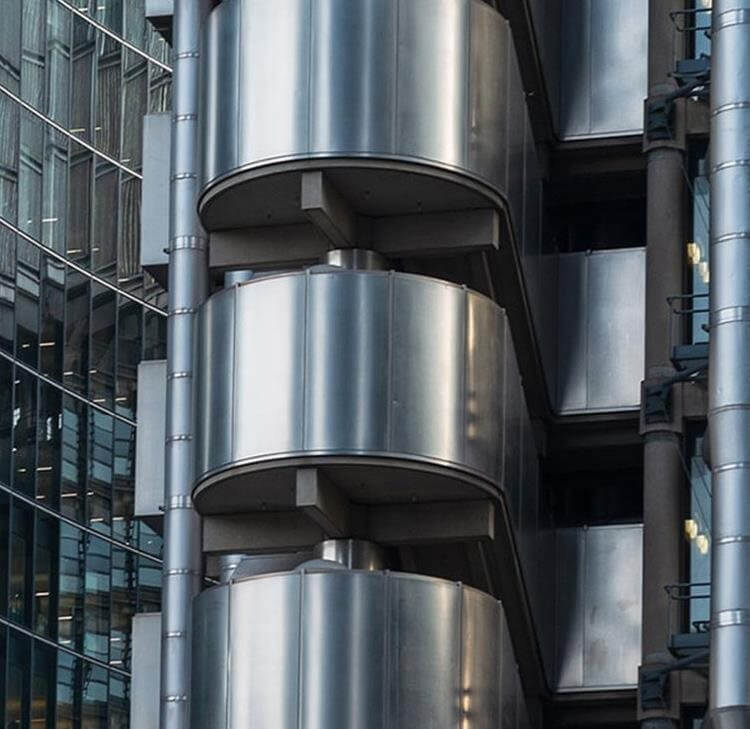Is there a duty on the shipper of goods to procure insurance?
Does the transporter of artwork have a duty to obtain sufficient insurance to cover the goods that it is responsible for transporting? This was an issue that was considered recently by the Court for the Southern District of New York.
In this case, the artist had created several pieces for an exhibition honouring Martin Luther King. Not all the pieces were sold at the exhibition. For the pieces that had not sold, the art gallery assumed possession on consignment and the artist directed that they should be returned to an address in New York. The art gallery arranged for transportation using the services of FedEx Ground Package System Inc. The art pieces were lost in transit and the artist claimed against FedEx and the art gallery for its losses.
The New York judge found that the artist was entitled to summary judgment against FedEx but this was limited to US$1,000 as it was not disputed that the art gallery had limited FedEx’s liability by declaring the value of the art to be US$1,000; this was despite prior sales of around US$12,000.
When considering the issue of ‘whether the shipper had a duty to procure insurance’, the judge noted that this was a novel or complex area of state law in which the case law (some of which was over 100 years old) provided authority for both opposing views. After considering the inconsistent case law, the judge made the decision not to decide the issue of whether New York imposes a legal duty on the shipper to obtain insurance at an amount that would properly compensate the owner in the event of a loss. Instead, he ordered the parties to attend a settlement conference. Given the relatively small value of the artwork against the significant cost of litigating the matter, it is unlikely that this is going to be the case that leads to a final determination on this issue.
Although in the UK there would be an implied duty on the gallery to act with reasonable care and skill, it is not clear whether that would extend to obtaining insurance to a particular level and, in any event, there could be a dispute as to the true value of the art, either before or after a cause of action has arisen.
This case serves as a reminder that, in any circumstances in which art is being transported, all representative parties should ensure that the method of transport and required level of insurance is agreed in advance.
Permission to appeal refused in Feilding v Simon C Dickinson Ltd
In the last edition of London Market Snippets, we reported on the first instance decision of Feilding v Simon C Dickinson involving the valuation of a painting by Jean-Baptiste-Siméon Chardin entitled “Le Bénédicité” (“the Painting”) and whether the agent, Simon Dickinson, was negligent in selling the Painting for £1.15m when it was sold on shortly thereafter for £6.9m after the discovery of a previously unseen autograph. Mr Dickinson’s view was that, notwithstanding this discovery, the Painting could not be marketed as an entirely autograph original. The Judge at first instance concluded that Mr Dickinson was an expert who was being paid for his expertise and the actions he took were reasonable.
The Claimants appealed on several grounds including (1) that the Judge should have concluded that Mr Dickinson had a contractual duty to report back to the Claimants before concluding the sale, (2) that there was a duty to advise that there was a real possibility that the Painting could be worth considerably more than the proposed sale price and the Judge should not have relied on Mr Dickinson’s subjective views, and (3) the Judge was wrong not to apply “loss of a chance” principles.
Permission to appeal was refused on all grounds. In relation to whether there was a duty to warn the Claimants of the potentially higher value, it was found that the Claimants had conceded that they would have followed Mr Dickinson’s advice and there was nothing to suggest that a further pre-sale discussion would have led to a different result, so any appeal would have been academic. In the counterfactual world where Mr Dickinson did consult with the Claimants, the advice was not negligent and the Claimants would have followed it, leading to the result that the Painting would have been sold on the same terms.










![Contractual liability for all inclusive treatment: Bartolomucci v Circle Health Group Limited [2025]](/getattachment/95f9533b-f99c-4fcc-b8d5-3f93904b8242/shutterstock_1265400856.jpg?variant=HeroImageTabletVariantDefinition)
































